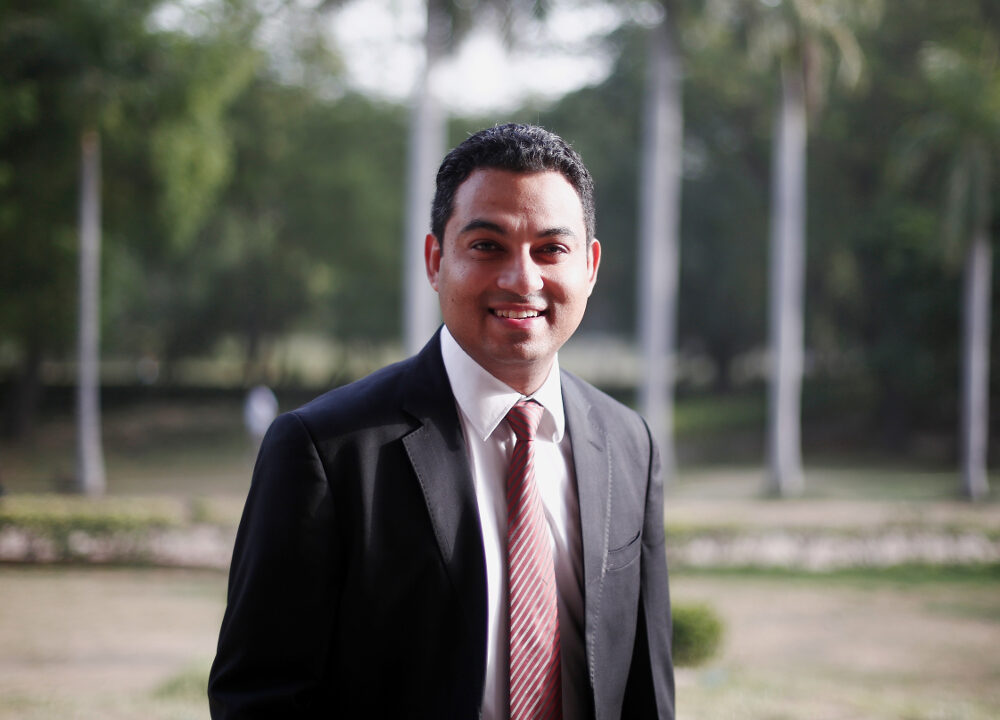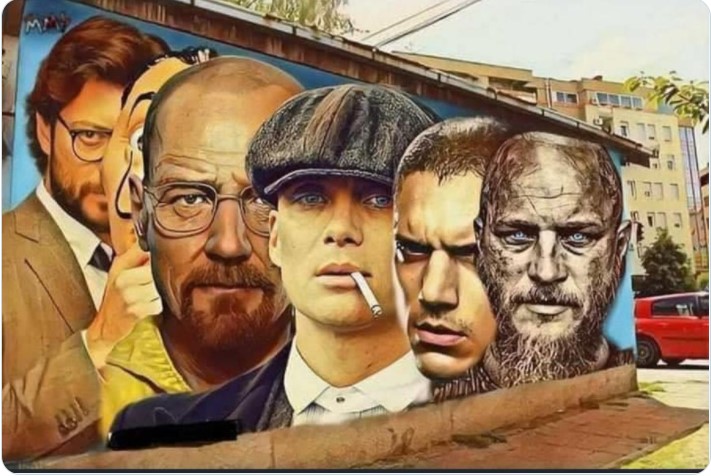A Brief History of LGBTQ+ in India
We all have taken immense pride in India’s rich cultural history. The traditions have been modified without taking away their essence and we have welcomed these changes with changing times. The queer community has played a huge part in shaping India’s culture and we as Indians should together celebrate this beautiful heritage, not because they were a part of it too but because they deserve as much love and respect as any other community.
The queer community forms 8% of our population, and we have slowly started opening ourselves to this “new” outlook of practice tolerance and treat other individuals with respect, irrespective of the differences. But if we look at our history, this idea is not as new as we think. Love has been celebrated in India in every form.
Ancient India was about acceptance and celebration of all forms of love. This can be seen in Indian religious books which contained homosexual characters and themes in their texts which were neutral to the idea of homosexuality.
The Rigveda contains the phrase Vikriti Evam Prakriti meaning what seems unnatural is also natural. KamaSutra mentions that lesbians were called “Swarinis”, who often married each other and raised children together. Another very visual example is the Khajuraho temple of Madhya Pradesh, built in the 12th century, known for their overt erotic sculptures showcasing the existence of sexual fluidity between homosexuals.
During the medieval times, there was some disproval for homosexuality but LGBT people were not ostracised. The society was tolerant towards them and nobody was hounded for having a different sexual preference.
Mubarak, son of Alauddin Khalji who ruled The Delhi Sultanate between 1296 and 1316, was known to be in a relationship with one of the noblemen in his court. Babur, who founded the Mughal Dynasty, wrote about his love for a boy named Baburi and his writing faced no disapproval during his time or after it. There were many such incidents in which noble class Mughals engaged in homosexuality.
In 1861, after the arrival of Britishers, sexual activities “against the order of nature” including all homosexual activities were criminalized under section 377 of the Indian Penal Court. This was majorly influenced by the Catholic Church’s belief that a sexual act not related to procreation was sinful.
In 1977, Shakuntala Devi published the first study of homosexuality in India, called “The World of Homosexuals”. It called for “full and complete acceptance and not tolerance and sympathy”.
Soon after in 1981, the first All-India Hijra Conference was called in Agra and 50,000 members from the community all over the country attended it.
In 1994, Hijras were legally granted voting rights as a third sex. The first petition challenging section 377 was filed by the AIDS Bhedbhav Virodhi Andolan in 1994, however, it was eventually dismissed.
In 2001, a PIL was filed by Naz Foundation to challenge section 377 in the Delhi High Court. In 2009, Delhi High Court found section 377 in direct violation of the fundamental rights of life, liberty, privacy, and equality provided by the Constitution of India. This meant that gay sex was not a crime anymore, but it was still not legal. However, the critics, including Suresh Kumar Koushal, a Delhi-based astrologer, challenged the Delhi high court’s decision in the Supreme Court. This still was a huge landmark in the LGBTQ struggle for freedom.
In 2014, the Supreme Court dismissed the review petition filed by the Centre and several other organizations against its previous verdict on section 377, explaining that the LGBTQ community constituted a “miniscule fraction” of the country’s population and it was unsustainable legally.
In April 2014, the Supreme Court of India ruled that transgender people should be treated as the third category of gender.
On 24th August 2017, the Supreme court gave the country’s LGBTQ community the freedom to safely express their sexual orientation. An individual’s sexual orientation was protected by the Right to Privacy law. By this time, the LGBTQ people had the right to express their sexual orientation, but homosexual acts still remained criminalized.
Finally, on 6 September 2018, the Supreme Court struck down the part of section 377 which criminalized consensual homosexual activities.
On November 26th 2019, the Parliament passed the Transgender Persons (Protection of Rights) Bill. This bill defined a transperson as someone whose gender doesn’t match the one assigned at birth. It prohibited discrimination against them in employment, education, healthcare, and other services. However, it was rejected by the queer communities in India as it made mandatory for each person to be recognized as transgender on the basis of a certificate of identity issued by the district magistrate after a proof of sex reassignment surgery is provided. There was little emphasis on intersex, gender queer and trasmen, and it majorly focused on hijras or transwomen. This year in July, the Ministry of Social Justice and Empowerment passed the revised Transgender Persons (Protection of Rights) Rules, 2020. Under this, the government will provide access to the costly sex reassignment surgeries free of cost at state run hospitals. Along with this, the government will also bear the cost of schooling and accommodation for the transgender community.
We have come a long way from where we started, but we need to know that no law can change our mindsets, and it can only come from the realisation that everyone is unique and it is not right to judge someone’s worth on the basis of what we expect them to be.



